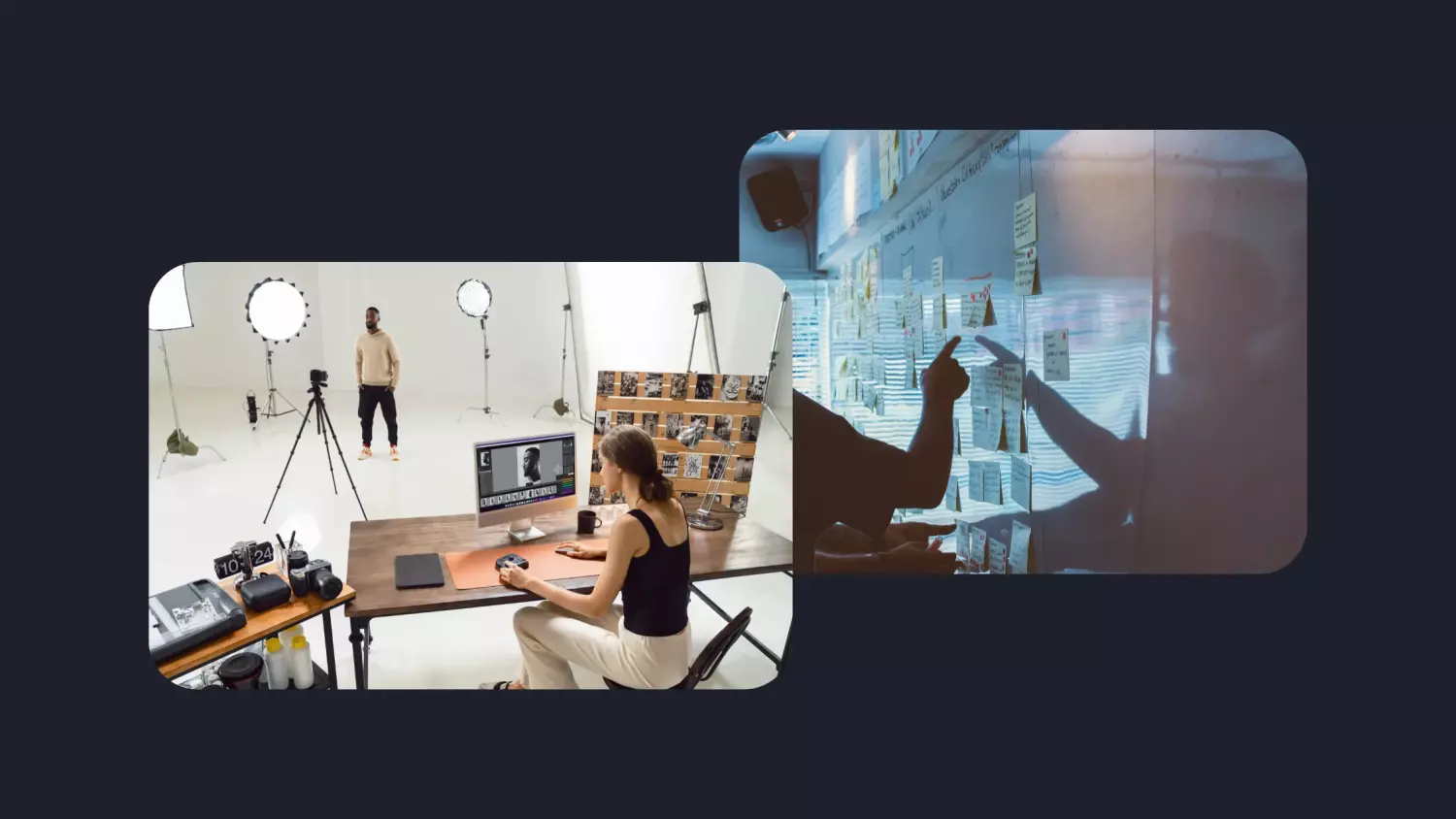Let’s face it—working with influencers isn’t as simple as picking someone with a big following and hoping for the best. There’s a whole art (and a bit of science) to finding the right influencers, measuring their impact, and ensuring it doesn’t just look like another ad.
Last week at the London Fashion eCommerce Summit, a panel of industry experts broke it all down. The session, “Influencer Insights: Discussing the Evolving Landscape of Influencer Collaborations,” brought together people who know this game inside and out. Whether you’re a fashion powerhouse or a budding eCommerce brand, these insights from panellists Gloria Olsson (NA-KD), Laura Smith (Brompton), Morgan Fowles (TALA), Pia Browne (Browne Creative Media/Amelia Liana), and Toya-Louise Ordor (Oner Active) are a must-read. Here’s what we learned.
Macro, micro or nano: Which influencers are worth it?
One of the first questions tackled was how brands decide whether to work with micro influencers (50k-100k followers), macro influencers (500k+ followers) or nano influencers (500–1,000 followers). The answer? It depends on your goals.
- Macro influencers are great for spreading the word. If you’re launching a new brand or product and need significant reach fast, they’re your go-to.
- Micro influencers, on the other hand, often come with higher engagement and conversion rates. Their followers tend to trust them more, making them ideal for driving sales or niche campaigns.
- Nano Influencers are perfect for grassroots advocacy, bringing unparalleled authenticity to campaigns.
Toya-Louise Ordor from Oner Active said best: It’s about matching the influencer to your campaign goals. Micro influencers may have a smaller reach, but their communities are often super loyal. Laura Smith of Brompton added that their team works with fans who aren’t influencers by definition but post obsessively about the brand. It’s not about follower count—it’s about genuine enthusiasm.
Tech tools vs. human instinct
We live in the age of AI and analytics tools like CreatorIQ and Traackr, but when it comes to choosing the right influencer, can tech really do it all? The panel agreed: not yet.
Pia Browne shared that while these platforms are great for crunching numbers (engagement rates, follower growth, impressions), they fail to identify authentic brand alignment. And that’s where the human touch comes in.
The good news is that tools are improving. AI might soon make the process faster and smarter, but it’s still a blend of data and intuition for now.
How to measure success beyond likes and sales
When it comes to influencer campaigns, what counts as a win? For some brands, it’s all about the numbers—sales, click-through rates, or new customer acquisition. For others, it’s more about the softer metrics like brand awareness and content value.
Laura from Brompton made an interesting point – “Sometimes it’s about the content they create for us. If an influencer is cycling through the Spanish countryside, that’s footage we’d never be able to get ourselves. That’s valuable in itself.”
Toya highlighted another angle—longevity. Instead of short-term campaigns, her team evaluates long-term partnerships with influencers, monitoring their growth and how they continue to resonate with their audience over time.
Navigating budget constraints
A question from the audience brought up a unique challenge: How can charities collaborate with influencers when budgets are tight?
Pia and Toya both suggested targeting micro influencers first, as they’re often more open to collaborations for causes they believe in. Macro influencers, while pricier, may also be open to partnerships if the mission aligns with their personal values, especially during seasons of giving.
Trends shaping the future of influencer marketing
The panel ended with a discussion on the future of influencer marketing. The retail world is embracing a new era of relatability and collaboration:
- Raw & real content: Gone are the days of perfectly polished, overly curated feeds. Audiences crave authenticity, and influencers are responding with raw, unfiltered posts.
- Deeper collaborations: Influencers are becoming co-creators, from launching product lines to shaping campaigns.
- Short-form video: With shrinking attention spans, platforms like TikTok and Instagram reels are taking centre stage.
People don't just want to see something aspirational. They want to see something they can actually relate to—and that's where authenticity wins.
Pia Browne - Content & Creative Manager, Browne Creative Media/Amelia Liana
Final thoughts…
Influencer marketing isn’t about flashy numbers; it’s about mission-aligned partnerships that resonate. By blending data, instinct, and authentic collaborations, brands can confidently navigate the evolving retail landscape.
The future is all about creating genuine connections, leveraging raw storytelling, and riding the wave of short-form video content.







